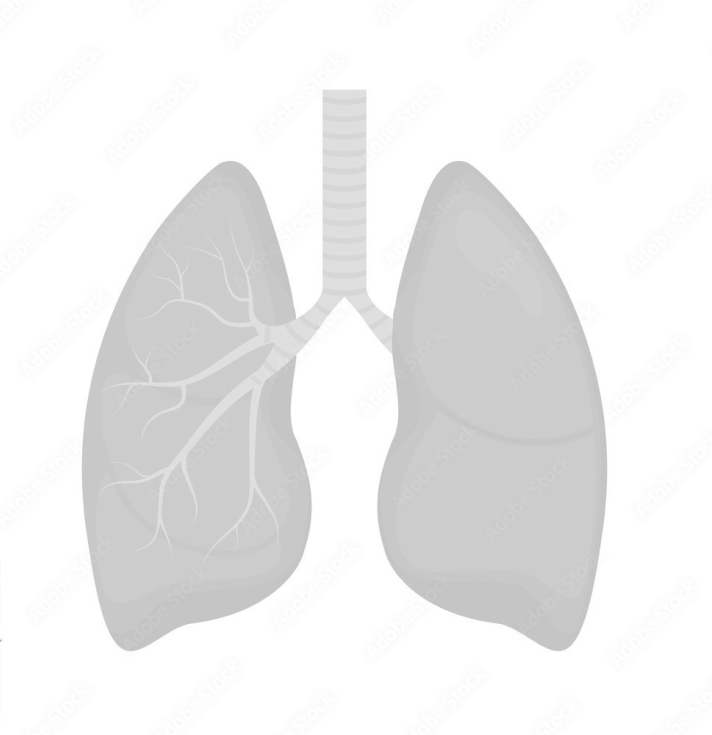COPD &
Emphysema
Most people take breathing for granted. Severe COPD patients can’t...
Even taking a shower or doing the laundry can be a strain. Patients often have difficulty taking long walks, travelling, or feeling confident when they leave the house.
What is COPD?
Emphysema?
COPD stands for chronic obstructive pulmonary disease — a very common condition affecting the airways. It is caused by pollutants that get into the lungs, initially blocking (obstructing) the airways as well as causing chronic inflammation. The main cause is smoking. The urge to cough caused by persistent bronchial irritation is commonly referred to as smoker’s cough. Damage to the bronchi that has become irreversible is referred to by lung specialists as a permanent obstruction to the airways, i.e., COPD.
Disease Progression

Mild
You may have no symptoms, or you may get winded with moderate exercise or when walking upstairs. Your pulmonary function test indicates that your airflow is about 80% of normal.
Moderate
You may need to stop and catch your breath when walking on level ground. You may complain of coughing or wheezing, and breathlessness. Your pulmonary function test indicates that your airflow is about 50% to 79% of normal.
Severe
Your shortness of breath is limiting your life and daily activities, with worsening symptoms. Your pulmonary function test indicates that your airflow is about 30% to 50% of normal. You may need additional tests at this stage to see how your lungs are functioning.
Very Severe
Known as end-stage COPD, your oxygen levels are low due to lack of airflow. You will have difficulty catching your breath, even at rest. You may also have severe flare-ups causing frequent hospitalizations. These flare-ups may be life- threatening. Your pulmonary function test indicates that your airflow is less than 30% of normal.
“ ... because you take your breathing for granted and then suddenly you don’t anymore. I mean we all breathe don’t we and then I’m not. It has become an issue and my whole being is focused in on it.”
DEBORAH SANDERS, Patient with emphysema
Symptoms of
Emphysema
Becoming short of breath easily when you do everyday things such as going for a walk or doing housework
Exacerbation (obvious worsening of the condition)
Coughing up sputum or phlegm
Persistent cough
Wheezing
Frequent airway infections, such as bronchitis or pneumonia
Difficulty performing daily activities and enjoy many aspects of life without stopping for breath, taking a break, or asking for help.
You might get these symptoms all the time. Or they might appear or get worse when you have an infection, or when you breathe in smoke or fumes.
Early diagnosis and treatment can help slow the progression of COPD. If you have one or more common symptoms of COPD, talk to your doctor.
Take our self-test to get a better idea of whether you are at risk of severe emphysema.
Test Yourself1. Criner. G et al. Am J Resp Crit Care Med. 2018 Nov l:1981-1151-1164